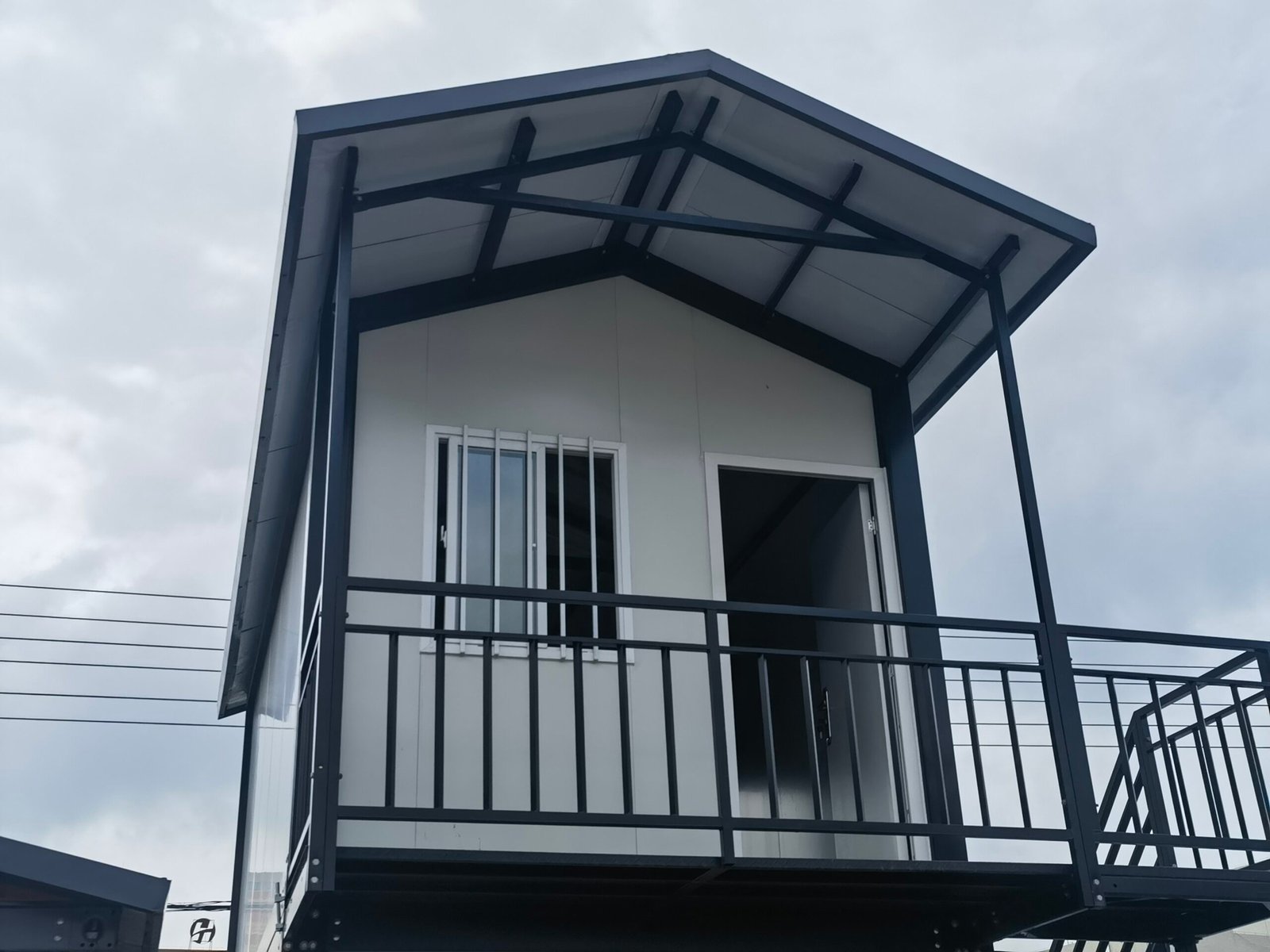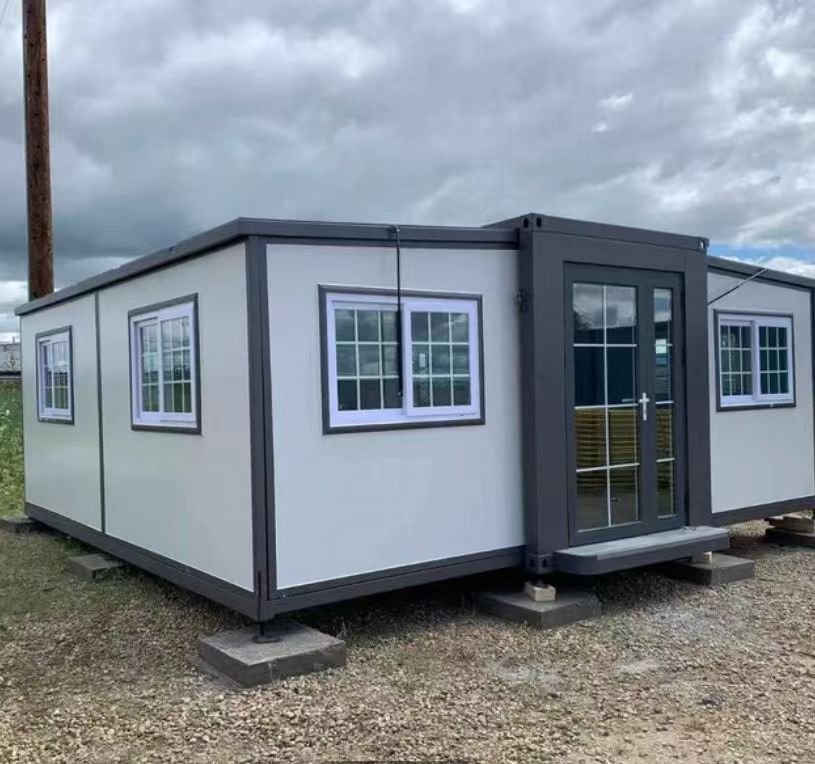Imagine you just got your new container home and it’s everything you’ve ever hoped for: affordable, environmentally friendly, and completely customizable. But there’s one question lingering in your mind: Will it rust?
I hate to break it to you, but yes. Container homes can rust, but with a little bit of understanding and preventive maintenance, we can slow that baby down.
Yes, container homes can rust over time if left out in harsh conditions without the proper maintenance. Rust occurs when you expose your container to moisture and oxygen, especially in humid, coastal or industrial environments. If you give it the proper treatment, though, your container home can stand the test of time and keep its structural integrity.
In this article, we’re going to talk through what makes container homes rust and what you need to do to take care of it. That way, you can stay safe and keep your investment looking sharp.

Where does Rust come from regarding Container Homes?
1. What Factors Lead to Rust on Container Homes?
Most container homes are made from something called Corten Steel, and this stuff is known for its durability and ability to resist rust. However, just like all steel, it can still rust if you’re not careful. When it gets rained on, exposed to humid air, salt air (if you live close to the coast) or exposed to environmental contaminants, these all wear the steel material down and it starts to oxidize. And if the steel has ANY damage like a scratch, dent or any spot where the paint has come off, that opens up an area for it to get wet, and that causes rust to spread faster.
2. How does Salt Air Accelerate Rust?
If you live near the coast, you have this neat little element called salt that can make corrosion worse. Tiny salt particles in the air stick to your steel surfaces. This causes extra moisture to stick to your steel, which breaks down the protective oxide on the Corten – the main thing that makes this steel corrosion-resistant.
Keep this in mind if you live near water. If you do, you must apply some type of protective barrier or coating.
3. Structural Rust vs. Non-Structural Rust: What’s the Difference?
- Structural Rust: This is the bad rust that messes up with your container and makes it unsafe. If left untreated, this stuff will ruin the steel your container is made from. This is the stuff affecting your frames and walls and compromising the structural integrity of your structure.
- Non-Structural Rust: This is the kind like where you scratch your car or chip your paint. This stuff is on the outside and doesn’t really do anything to the strength of the structure. You can take car of it maybe by repainting or giving it a little sand job if you need to and come away with something that’s still functional but looks better.
Stay on top of your maintenance and inspect your container regularly. This way, you can identify anything that might be rusting and address it as necessary.
4. Can You Completely Get Rid of Rust on Container Homes?
The short answer is “no.” You cannot completely do away with rust on any steel structure. You can slow your roll a little bit with cool things like marine-grade paints, anti-rust coatings and quality insulation. You can’t get rid of it completely, but you can slow things down a lot.
Make sure you’re sealing off EVERY seam, you’re repairing damage right away, and you’re installing ventilation systems in places. If you want to go bananas, you could buy powder-coated galvanized steel or buy a stainless-steel component here and there for your container home. This will give you even a greater ability to keep rust away from your structure.
Best Practices for Rust Prevention on Container Homes
- Regular Maintenance and Inspections: Check your container home regularly for any signs of rust, especially around seams, edges, and areas exposed to moisture. Address scratches and chips in the paint as soon as they appear to avoid deeper rust formation.
- Surface Treatments and Protective Coatings: Use high-quality anti-rust or marine-grade paints and finishes that are specifically designed for container exteriors. These products provide a durable, water-resistant layer, ideal for high-humidity areas.
- Ventilation Systems: Proper ventilation inside the container can reduce condensation buildup, a common cause of internal rust. Installing moisture-absorbing materials can also help control the indoor humidity.
- Elevation and Drainage: Keep your container home elevated and on a well-drained surface to avoid pooling water, particularly around the base. Simple modifications like sloping the land around your container can prevent water accumulation.
- Invest in Rust-Resistant Materials: Using upgrades like galvanized steel, polyurethane coatings, and rust-resistant panels can reinforce durability. Materials with high R-values, like rock wool or fiberglass panels, can also offer better insulation while adding another layer of protection against moisture.
If you understand why rust forms and take preventive measures, you can make your container last a very long time. Then your sustainable and secure little box home is going to be amazing for you. Make sure you inspect it, take care of things, and use the right materials. This way, you keep the structure that’s protecting the investment you made away from all that rust stuff.




